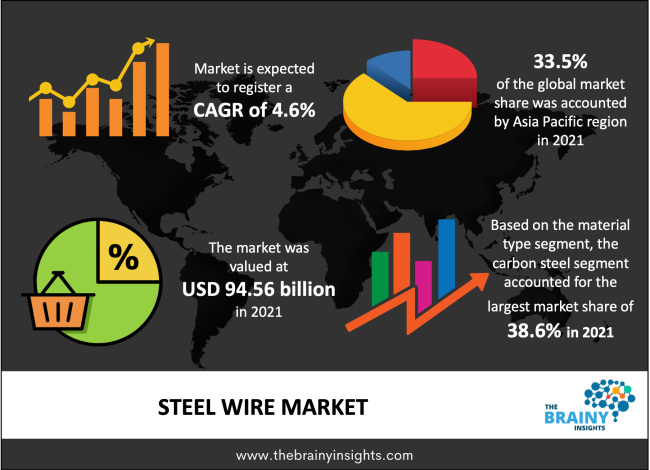
Market Introduction
The global cold chain logistics market is experiencing rapid growth, driven by the increasing demand for temperature-sensitive products such as pharmaceuticals, fresh food, and chemicals. The expansion of the e-commerce sector and technological advancements in refrigeration and tracking systems are further propelling market growth. According to recent studies, the market is expected to witness a substantial CAGR over the forecast period.
The global cold chain logistics market was valued at USD 273.71 billion in 2022 and is projected to grow at a CAGR of 21.09% from 2023 to 2032, reaching an estimated USD 1,851.73 billion by the end of the forecast period.
Market Dynamics
The growth of the cold chain logistics market is fueled by factors such as the rising adoption of frozen and processed food, stringent government regulations on food safety, and the increasing demand for biopharmaceuticals. The advent of IoT-enabled temperature monitoring devices and automation in warehouses is revolutionizing the sector, ensuring efficiency and compliance with safety standards. Additionally, investments in infrastructure development and energy-efficient cold storage solutions are further shaping the market landscape.
Challenges and Opportunities
Despite strong growth, the market faces challenges such as high operational costs, complex regulatory frameworks, and the need for sustainable refrigeration solutions. However, advancements in blockchain technology for improved traceability, increased investments in renewable energy-powered cold storage, and growing collaborations between logistics companies and retailers present lucrative opportunities for market players.
Regional Insights
North America dominates the cold chain logistics market due to its well-established infrastructure and the presence of major market players. However, the Asia-Pacific region is anticipated to witness the highest growth rate, driven by the rising demand for fresh produce, increasing urbanization, and the expansion of pharmaceutical industries. Countries such as China and India are investing significantly in cold storage facilities, boosting regional market expansion.
Key Trends
Adoption of artificial intelligence and IoT in temperature monitoring.
Increasing demand for cloud-based cold chain management solutions.
Expansion of automated and robotic warehouse facilities.
Rising preference for eco-friendly refrigerants to reduce carbon footprints.
Growth in cross-border trade of perishable goods.
Key Players
Prominent companies in the cold chain logistics market include DHL International GmbH, Americold Logistics LLC, Lineage Logistics Holdings LLC, United Parcel Service (UPS), and FedEx Corporation. These players are actively expanding their service portfolios through strategic acquisitions, partnerships, and technological innovations to gain a competitive edge in the market.
Request to Download Sample Research Report- https://www.thebrainyinsights.com/enquiry/sample-request/12593
Conclusion
The cold chain logistics market is undergoing a transformative phase, driven by technological innovations, increasing regulatory scrutiny, and rising demand for perishable goods. Companies that invest in advanced logistics solutions and sustainable practices are poised to thrive in this evolving market landscape. For further information, industry professionals and stakeholders are encouraged to explore the latest research findings and market trends.




















Write a comment ...